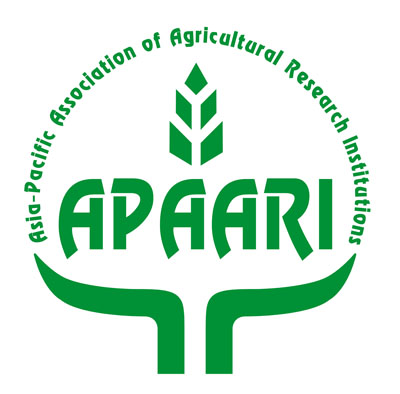Nature sets the base for all types of mutations. Without its intervention, we could not have realized how it works to produce a variety of foods. We owe a lot to the theory of natural selection. Mutations occur, and through that, we get useful yet desirable trait yield, but at what cost?
Yes! This one question led various biologists from all around the world to come together and find a rampant solution. In this fast-moving world, fulfilling food requirements is not viable only through either naturally occurring mutations or incapable human choices. Agriculture science required biologists to cut down yield from 100 years to several decades and then to just a handful of years, maybe one or two years in total, to produce a gene-edited crop without interrupting the entire DNA sequence of a particular plant type.
Clustered regularly interspaced short palindromic repeat (CRISPR) has reformed the way we grow our crops and produce food. It has paved a new horizon for improving food crop, thereby consequently revolutionizing plant breeding. CRISPR is a very sophisticated and adaptive immune system present in Archaea and bacteria which strengthens in defence against exogenous plasmids and bacteriophages. It was first found in the genome of Escherichia coli in 1987.
Since tomato acts as a model plant, CRISPR-Cas9 was introduced in tomatoes in 2014. It has made tomato plants not only resistant to biotic and abiotic stress but has also improved fruit quality leading to its successful domestication.
Similarly, a fruit – groundcherry, which is tomato’s close cousin hailing from similar family needed to be tackled with CRISPR technology, it has the most challenging traits to grow ‘as-is’ by farmers introducing CRISPR not only allowed ground cherries to grow at a considerate level but broadened its path for further domestication. Gene editing makes groundcherry a much more manageable plant than earlier.
Currently, the application of CRISPR-Cas9 is not only limited to tomatoes or its family but extends to fruit crops like banana, grape, grape, kiwi, strawberry and watermelon. Plants originating through CRISPR ensure fruit crops with superior phenotypes. April 2016, marked a history when FDA indicated easy entrance of CRISPR-edited mushrooms in the market. Further to this, in 2017, the FDA gave a green signal to false market flax with enhanced omega-3 oil and drought-tolerant soybean, slightly indicating cultivation of CRISPR-edited plants without regulations. It boosts the confidence of researchers and biotechnologists to enhance the application of CRISPR to varied food crops in laboratories. It will certainly add to the world food reserve, preparing it for feeding the growing population, expected to by 9.8 million in 2050.

